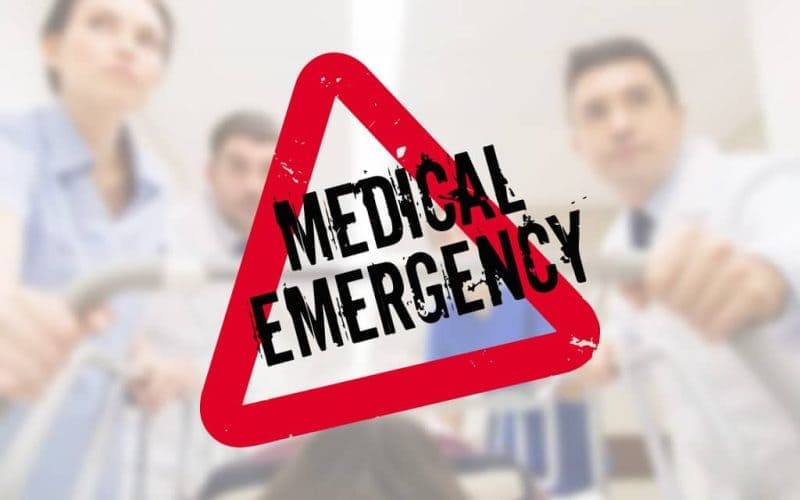What are the symptoms of a ruptured testicle?
A ruptured testicle is a serious injury that occurs when the protective outer covering of the testicle (the tunica albuginea) is torn, usually due to trauma. The symptoms of a ruptured testicle can be severe and typically include:
- Severe Testicular Pain: Sudden, intense pain in the affected testicle is one of the most common symptoms. The pain may radiate to the lower abdomen or groin area.
- Swelling: Significant swelling of the scrotum is common, as blood and other fluids may accumulate around the injured testicle.
- Bruising: The scrotum may become bruised (discolored), often turning blue or purple due to internal bleeding.
- Nausea and Vomiting: The intense pain can cause nausea and vomiting, which is a typical reaction to testicular trauma.
- Scrotal Hematoma: A collection of blood within the scrotum (hematoma) can form, leading to additional swelling and discomfort.
- Testicular Displacement: In some cases, the testicle may shift position within the scrotum due to the rupture.
- Difficulty Walking: The pain and swelling may make it difficult to walk or move normally.
- Fever: If the injury leads to infection, a fever may develop.
- Shock Symptoms: In severe cases, if there is significant blood loss, symptoms of shock, such as dizziness, fainting, rapid heartbeat, and pale skin, may occur.
A ruptured testicle is a medical emergency that requires immediate attention. If any of these symptoms are present, especially following trauma to the groin area, it’s crucial to seek urgent medical care. Delaying treatment can lead to complications, including loss of the affected testicle and fertility issues.
What are the causes of a ruptured testicle?
A ruptured testicle typically occurs due to direct trauma to the scrotum, leading to a tear in the protective outer covering of the testicle (the tunica albuginea). The most common cause is blunt trauma, such as a direct blow to the groin area. This can happen during contact sports like football or soccer, through accidents where someone falls onto a hard object, or from physical assaults involving kicks or punches to the groin.
Penetrating trauma is another cause, where an object pierces the scrotum. This can occur from stab wounds, gunshot wounds, or accidents involving sharp objects. In rare instances, surgical complications during procedures involving the scrotum or groin may lead to testicular rupture.
Crush injuries are also a potential cause, such as when a heavy object falls onto the scrotum or during a car accident that involves the pelvic or groin area. Severe animal bites can sometimes cause enough damage to rupture a testicle, though this is rare. Additionally, industrial or work-related accidents, particularly those involving heavy machinery, can result in crush injuries that lead to a ruptured testicle.
Immediate medical attention is essential for a ruptured testicle to prevent complications such as infection, loss of the testicle, or fertility issues.
What is the treatment for a ruptured testicle?
The treatment for a ruptured testicle typically involves surgical intervention, as this injury is considered a medical emergency. Here’s how it is generally managed:
Immediate Medical Attention: If a ruptured testicle is suspected, it is crucial to seek emergency care as quickly as possible. Delaying treatment can lead to complications, such as loss of the testicle, infection, or long-term infertility.
Surgical Repair (Orchidopexy or Orchiectomy): The primary treatment for a ruptured testicle is surgery, which usually takes one of two forms:
- Orchidopexy: This is the most common procedure, where the surgeon repairs the tear in the tunica albuginea and repositions the testicle within the scrotum. The goal is to save the testicle and restore normal function.
- Orchiectomy: In severe cases where the damage is extensive and the testicle cannot be salvaged, the surgeon may need to remove the testicle. This procedure is called an orchiectomy. If one testicle is removed, the remaining testicle can often compensate, allowing normal hormone production and fertility.
Antibiotics: To prevent infection, antibiotics are usually administered, particularly if there is a concern about a wound infection or if there was a delay in receiving treatment.
Pain Management: Pain relief is an important aspect of treatment, both before and after surgery. This may involve medications such as nonsteroidal anti-inflammatory drugs (NSAIDs) or stronger pain relievers.
Follow-Up Care: After surgery, follow-up care is essential to monitor healing and ensure that no complications develop. This may include regular check-ups and possibly imaging studies to assess the recovery of the affected testicle.
Preventive Measures: In cases where the rupture occurred during sports or high-risk activities, preventive measures such as wearing an athletic cup may be recommended in the future to protect the remaining testicle.
The goal of treatment is to preserve as much testicular function as possible and to prevent complications. With prompt and appropriate care, many men can recover fully from a ruptured testicle.

Leave a Reply
You must be logged in to post a comment.